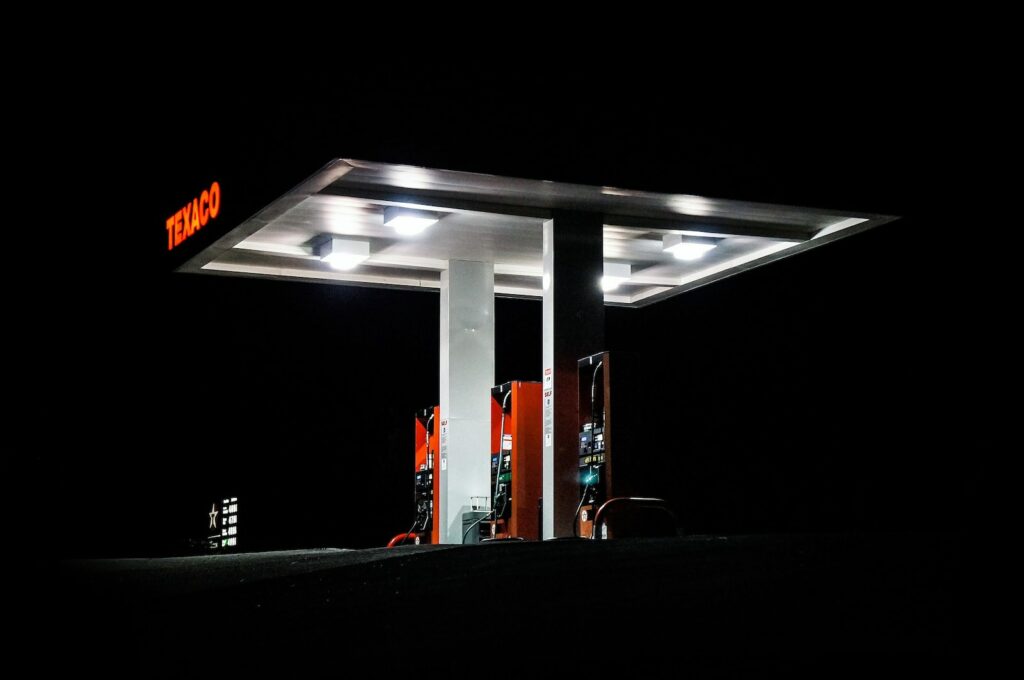Learning how to get better gas mileage is a talked about topic in the United States. Besides, had mileage is a serious issue for those who drive long distances for work or take road trips for leisure. The average American drives about 24 miles per day.
If we want to save on gas and money, we can learn how to drive more efficiently using several tips. Properly maintaining your vehicle is a good first step. Keeping the engine tuned and following the maintenance schedule will improve your automobile’s fuel efficiency and longevity. Let’s dive into how to get better gas mileage.
Tips On How To Get Better Gas Mileage
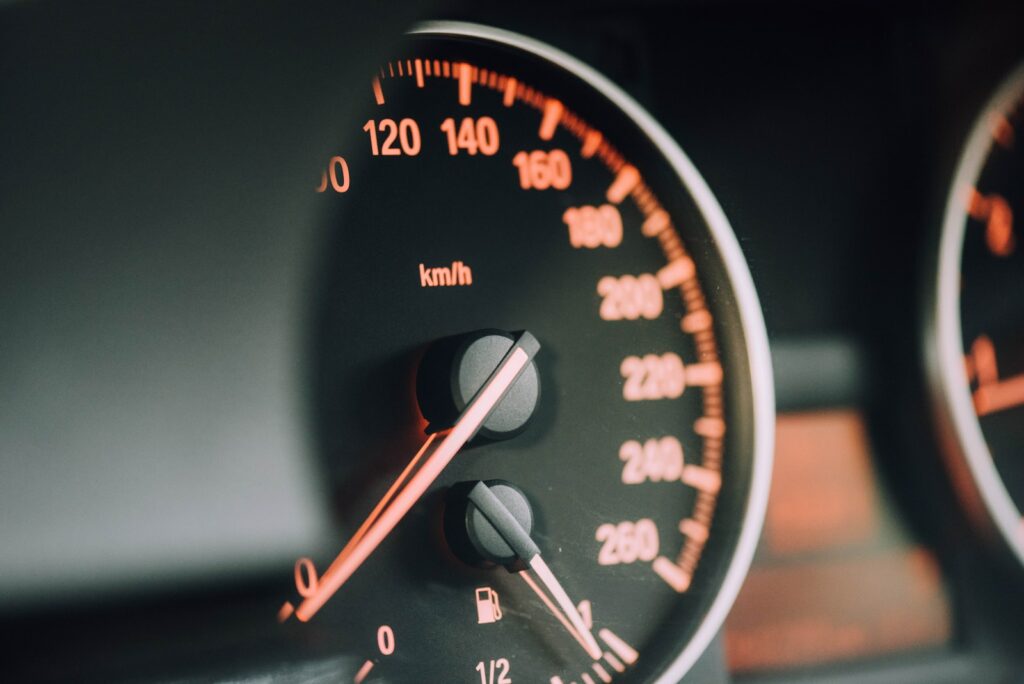
We’ve prepared a long list of vital tips on bow to get a better gas mileage. Let’s go!
Follow the 50-70% rule
Wanna learn how to get better gas mileage? Try the 50-70% rule. The 50-70% rule is a guideline that helps you understand how to get better gas mileage. It’s based on the fact that cars have two engines: one for acceleration and another for cruising.
The car’s acceleration engine uses more fuel when working hard—like accelerating from zero to 60 miles per hour (mph). On the other hand, your car’s cruising engine burns less fuel when it doesn’t need as much power. That’s like cruising along at 55 mph or below.
It means if you’re driving around town for long periods, then most of your mileage will be determined by how hard your cruise control is set compared to its maximum speed setting (usually 70 mph).
Keep your tires inflated and your wheels balanced
You should check your tire pressure every month if you want to get a better gas mileage. Even if you don’t drive much, keeping your tires inflated to the recommended pressure on the door placard is important. Inspect all four tires at least once a year for obvious signs of wear, such as cuts or sidewall bulges.
If there are any problems with your tread depth or patterns (such as balding), have them inspected by an experienced professional before replacing them with new ones. You could be driving without proper tread if you don’t know what’s going on!
Balance your wheels every 6,000 miles or so (or sooner if they’re worn). This will help keep them aligned properly and improve fuel efficiency over time. It is done by reducing vibration as a result of uneven tire rotations while driving at highway speeds. However, balancing may cost up to $50-$100 per wheel, depending upon where you live.
Use the correct type of oil
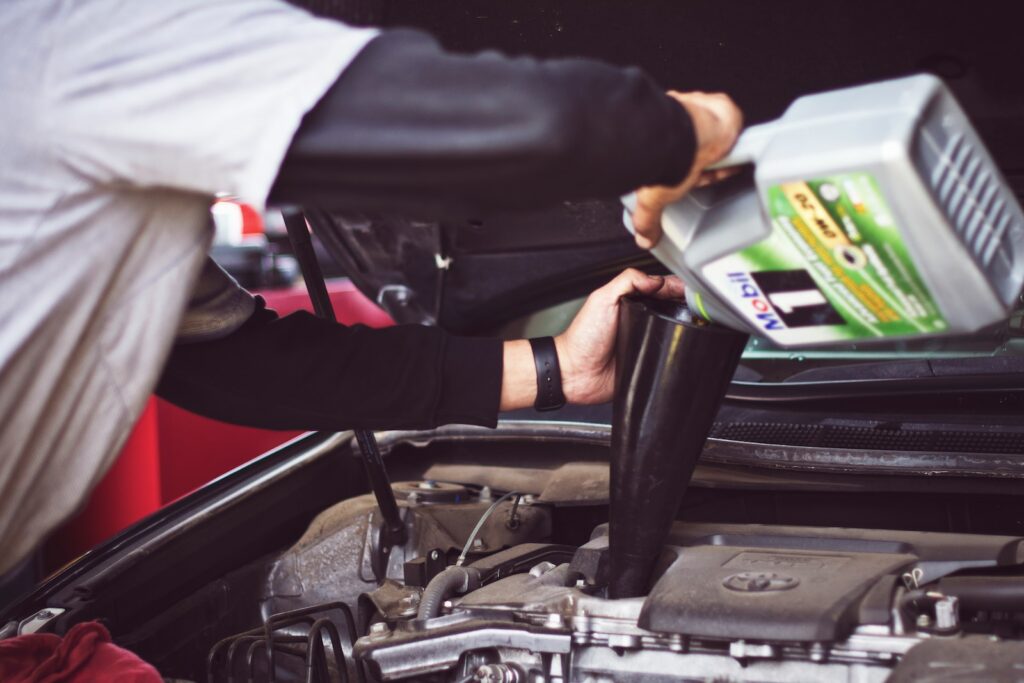
The best type of oil for your vehicle is an engine-type synthetic blend, which has been created to meet specific performance needs and requirements.
Please do not use too much or too little of it at once. If you’re using 10W-30 instead of 5W-40, your vehicle will run less efficiently and more slowly than it should. This can cause problems such as excessive wear on internal parts like spark plugs and seals (which can lead directly to costly repairs).
It’s also important to keep the same types of oil. For example: if you’re pouring 50/50 conventional vs synthetic into your car with high mileage between changes. It might look like good value at first glance but weaken its performance over time. That’s due to insufficient lubrication levels and improper mixing practices like this!
If unsure about what kind would benefit most from these changes, then ask someone who knows much better than we do about these things before proceeding any further.
Upgrade your air filter
The importance of a clean air filter can’t be overstated. It’s the first line of defense against dust and debris that could prevent your engine from getting the maximum amount of fuel. Also, you should check for dirty or clogged filters regularly—and replace them if necessary. If you’re doing your maintenance, get in some compressed air before changing an old one for something new!
How often should I change my car’s filter? The best way to tell if it’s time for a new one is by checking how much dirt has accumulated on top of it (and removing any). If there’s too much buildup, consider replacing both sides at once. This way, you can avoid having leftover materials inside somewhere else within those engine parts!
Replace your spark plugs and wires regularly.
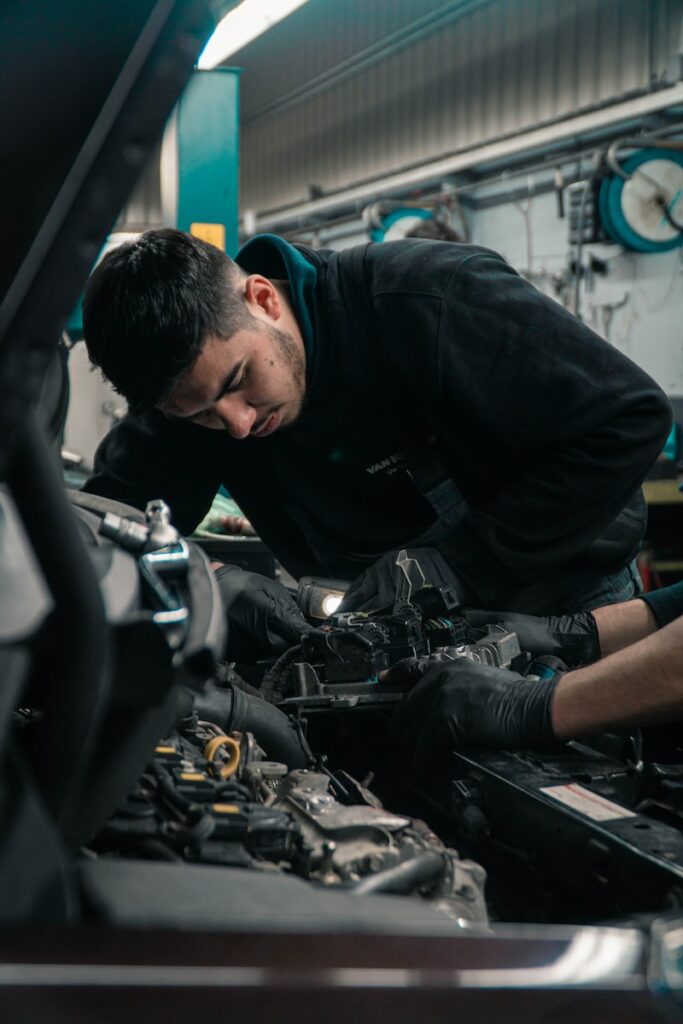
The next step is to learn how to get a better gas mileage is replace your spark plugs and wires regularly. Spark plugs are designed to give off a spark that ignites the fuel in your engine, which in turn powers the vehicle. They’re made of metal, rubber, plastic and other materials that help produce this electrical current.
The best way to know when it’s time for replacement is by checking the condition of your existing ones. If they’re worn out or damaged beyond repair (or if they look newer than they should), you’ll need new ones immediately! You can do this by simply removing one from its socket with a wrench before driving around town. Wait until you’ve had enough experience behind the wheel to avoid getting hurt or killed over nothing at all.
Only be idle for a maximum of a minute.
Idling is bad for your car and the environment. It can also cause damage to your engine, which will cost you money in repairs. With an automatic transmission, idling can reduce fuel efficiency by as much as 5%. That’s because it prevents upshifting when going down hills or accelerating during heavy traffic.
Take off the junk and running boards.
The first thing you should do is remove any unnecessary accessories from your car. This includes running boards, crossbars and other items that don’t serve a purpose. Also, consider removing any side mirrors that don’t match the style of your vehicle’s bodywork. That’s because they can create more drag than necessary, making driving much harder for you and other drivers on the road.
In addition to removing these items from your ride, ensure the tires are properly inflated. So they have enough air pressure for optimal efficiency (you should check this every few weeks). Too low or too high an amount of pressure could cause damage over time and lead to poor gas mileage overall!
Monitor your fuel injection system
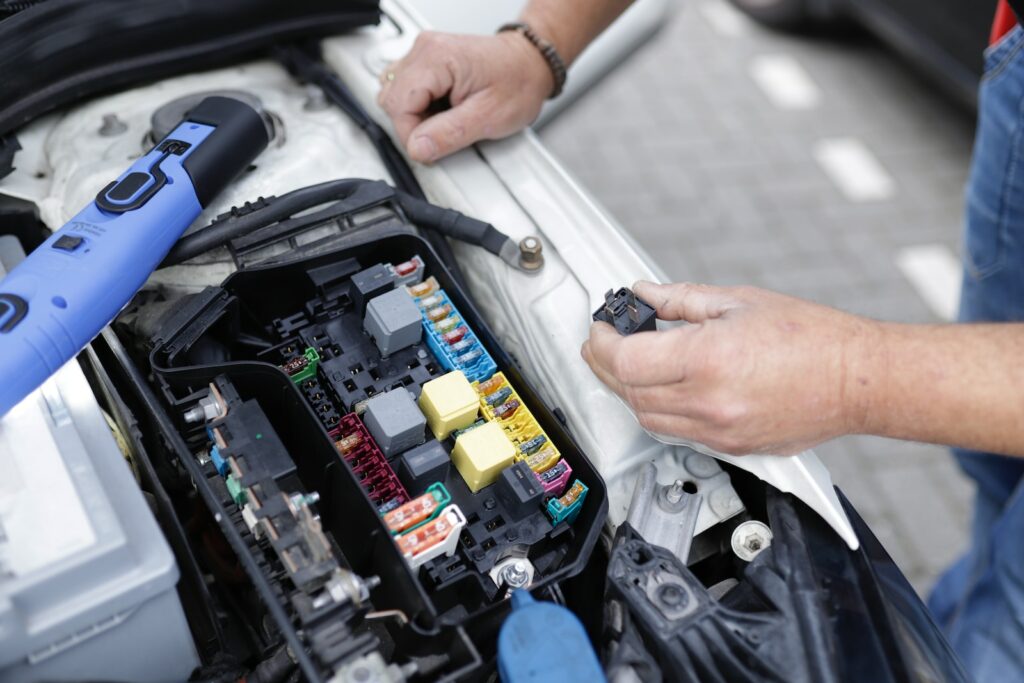
Fuel injection systems are complicated, and it’s important to know how to diagnose them. Buy it’s a good way learn how to get a better gas mileage.
You’ll first want to check your fuel injectors for any signs of damage or wear. To do this, turn off the engine and disconnect the negative battery cable from under the hood (you can leave this disconnected for about 10 minutes).
Then unplug each of your fuel injectors from their connections on top of the manifold with a pair of pliers before removing them from their bracketry so that none gets damaged in transport alone. If this happens, don’t worry—it’s still salvageable!
Run through an inspection checklist by ensuring all connections between components are tight enough so they won’t leak while sitting in storage somewhere else later on down the road once again!
Invest in a cold air intake kit
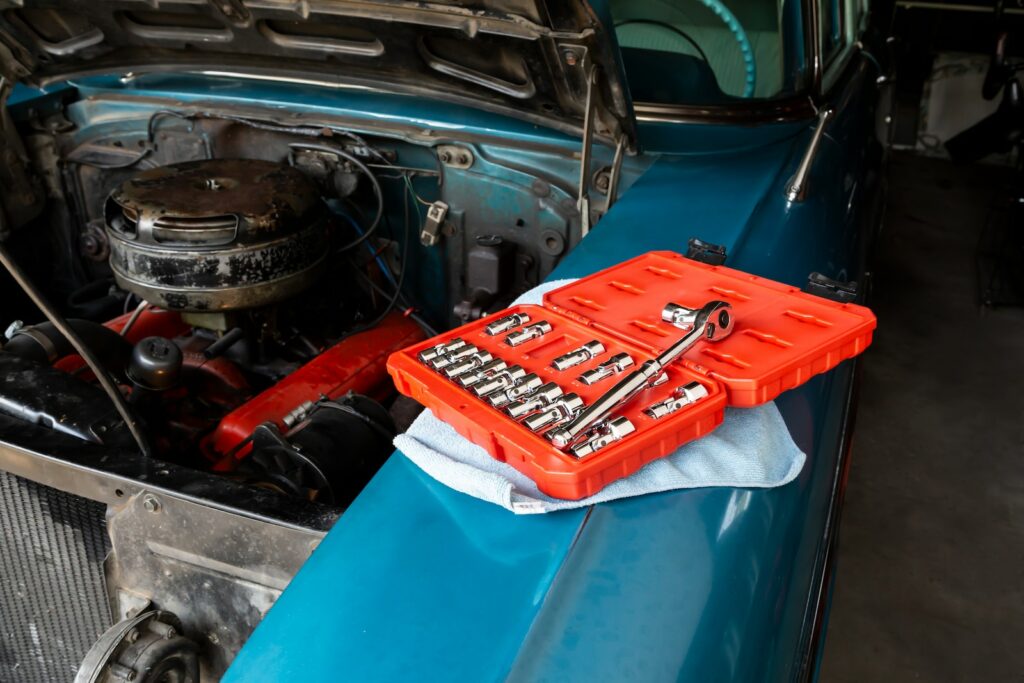
A cold air intake kit is a device that you can install on your car or truck to allow it to breathe easier. It’s like having a bigger mouth, and essentially, it increases the amount of oxygen your engine will be able to take in.
When you have an older vehicle with a restrictive exhaust system, this can cause problems for both performance and fuel efficiency. The more efficient your engine is at taking in air from outside. And then releasing heat into the atmosphere. The faster and longer you’ll be able to drive without running out of gas!
The benefits of installing one include: better gas mileage; higher horsepower output; improved acceleration; smoother idle; less stalling when idling at lights (which means less wear on brakes).
Reduced carbon monoxide emissions due to decreased combustion temperature after installing these kits into older cars/trucks. It can run leaner than newer ones due to lackluster performance caused by restrictive exhaust systems installed during manufacture. Get to know more about mileage on cars.com.
Do not use premium gasoline unless your vehicle requires it
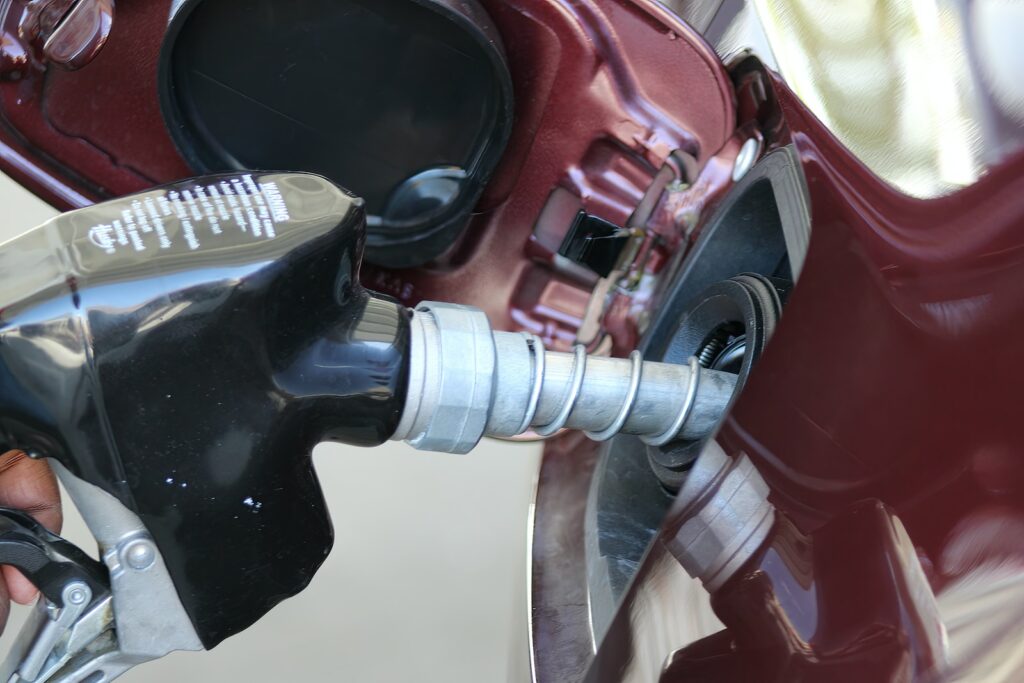
If you want to learn how to get better gas mileage, don’t use premium fuel. Most vehicles will run fine on regular unleaded gas without any problems. However, if you have a car that requires premium gasoline (or driving an older vehicle), this is the time to try it out.
It’s important to note that premium isn’t always better than regular unleaded. This depends on your specific circumstances and car type. If your engine isn’t going to benefit from higher octane levels. Or if there’s another reason why something about using premium would be beneficial for your situation, then stick with regular unleaded until further notice!
Frequently Asked Questions:
What are some simple ways to improve my vehicle’s gas mileage?
Simple ways to improve gas mileage include maintaining proper tire pressure, reducing idling, driving at a consistent speed, and keeping your vehicle well-maintained.
How does maintaining proper tire pressure affect gas mileage?
Proper tire pressure reduces rolling resistance, which can improve gas mileage. Under-inflated tires can cause your vehicle to work harder and consume more fuel.
Is it true that aggressive driving habits can significantly reduce gas mileage?
Yes, aggressive driving habits like rapid acceleration, hard braking, and speeding can significantly reduce gas mileage. They increase fuel consumption and wear on your vehicle.
What is the recommended speed for optimal gas mileage on the highway?
The optimal speed for gas mileage can vary by vehicle, but it’s generally between 45 and 65 mph. Most vehicles achieve their best fuel efficiency within this speed range.
How does vehicle maintenance impact gas mileage?
Regular vehicle maintenance, including oil changes, air filter replacements, and tune-ups, can ensure that your engine runs efficiently, which can improve gas mileage.
Conclusion
Gas mileage is a hot topic for many car owners. There are many ways to improve your gas mileage and reduce emissions, but the most important thing is to do it consistently. Following these tips to learn how to get a better gas mileage. keeping track of your driving habits will help maximize your vehicle’s performance while also saving you money at the pump! Vehiclesforall offer insights into all vehicle related articles.
